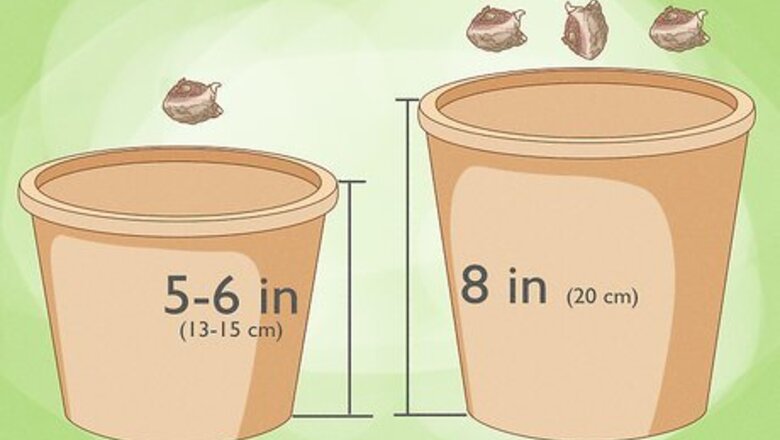
views
Providing the Right Conditions
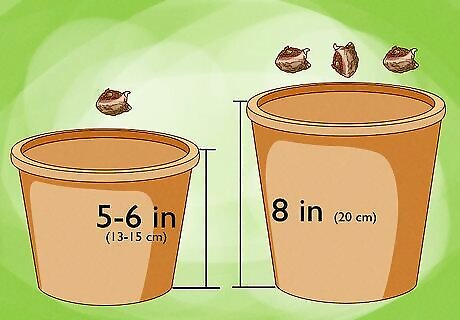
Choose a pot that is 5–8 in (13–20 cm) deep for indoor lilies. Calla lilies will grow multiple leaves and flower stems from one bulb. If you’re planting 1 bulb in a pot, use a 5–6 in (13–15 cm) deep pot. If you’re planting 2 or 3 bulbs in the same pot, use a pot that is around 8 in (20 cm) deep.
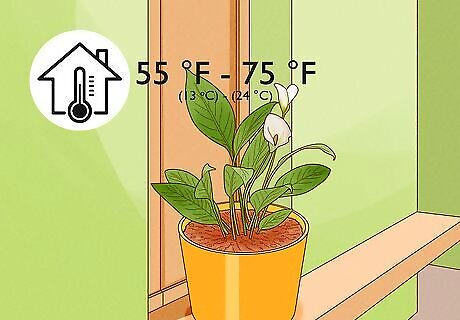
Keep indoor lilies in a room that stays between 55 and 75 °F (13 and 24 °C). Calla lilies can be a bit picky about their temperature. Their ideal growing conditions are between 55 °F (13 °C) and 75 °F (24 °C). If your home gets hotter than 75 °F (24 °C), you can use mulch in the pot to keep it cooler. Spread a thin layer of mulch such as wood chips, sawdust, straw clippings, or pebbles on the top of your soil if needed. Be sure to keep your lily away from air conditioning and heating vents.
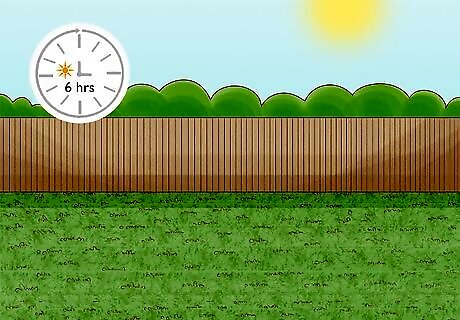
Place lilies in a spot that gets 6 hours of non-midday sun per day. Calla lilies need plenty of bright light during non-peak hours of the day. Too much midday sun can scorch their leaves. A window facing east or west is best for your indoor lily because your lily will get either the morning or afternoon sun while still giving it some time in the shade to cool down. The east or west side of your home will work best as an area if you’re planting your lily outside.
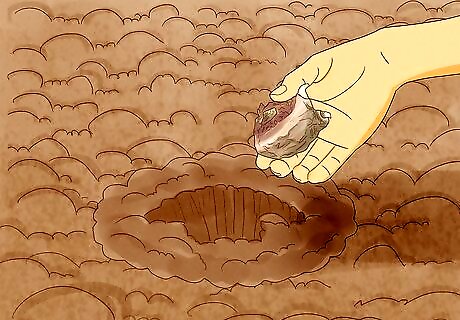
Plant bulbs outside after the danger of frost has passed. Danger of frost ends at various times for different regions, but you want to make sure whenever you plant your bulbs outside is after this time. As the first day of spring in your region approaches, pay attention to the frost levels in the mornings. If they are decreasing, your almost ready to plant.
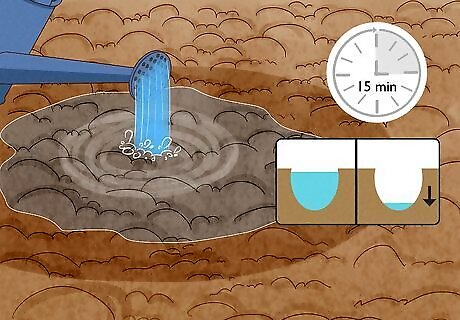
Provide well-draining soil for your bulbs. Well-draining soil dries easily after rain. Don't plant your lilies in a low spot in your garden, nor a place that holds puddles of water for more than 15 minutes after watering. If the soil is sandy where you live, you can add fertilizer to the soil to help your lily grow. For clay soils, mix in at least half potting soil to the area where you’re planting your lily.
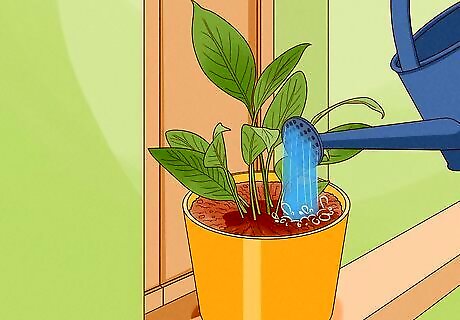
Water your plant so the soil is always moist but not soggy. Calla lilies grow naturally near the edges of ponds, so they like moist soil. Don't allow your lily’s soil to dry out completely, but take care not to over-water it, either. Soggy soil will cause the bulbs to rot. Start with a bit of water and allow that to soak in. Check on your plant each day to see if the top is starting to dry; if so, add more water.
Caring for Your Lily During Dormant Season
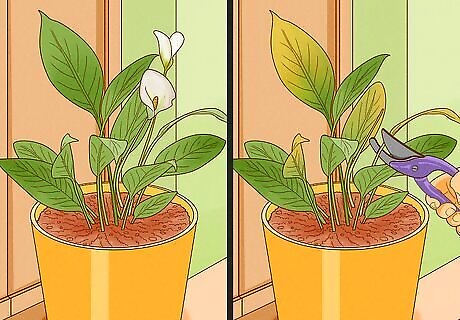
Prune calla lilies after they bloom. For both indoor and outdoor lilies, when your lily has finished blooming, its leaves will turn yellow and then brown. Prune its leaves down to the soil level with gardening shears when this happens.
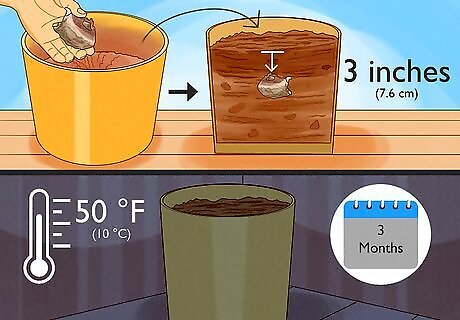
Bring outdoor lilies inside before the first frost. When autumn or winter is approaching, watch for when there may be frost. Dig your bulbs up before that time and place them 3 inches (7.6 cm) down in a pot of standard potting soil and bring them inside. Store them in a dark area that’s around 55 °F (13 °C) for at least 2-3 months. Withhold water from your lily for about 8 weeks during its dormant period. Then, water sparingly for the rest of the dormant season.
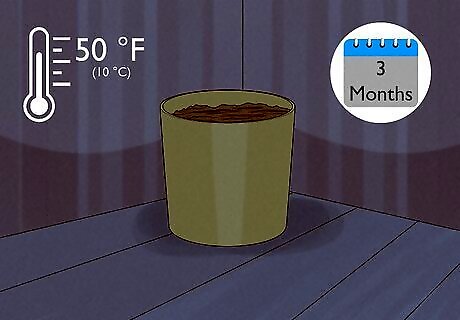
Store your plant in a cool dark area for 2-3 months during the winter. For both indoor and outdoor lilies, put your plant in a cool dark area that’s above freezing but below 50 °F (10 °C) for 2-3 months. Keep the soil very dry during this dormant period, watering only once every few weeks to keep your bulbs from drying out.
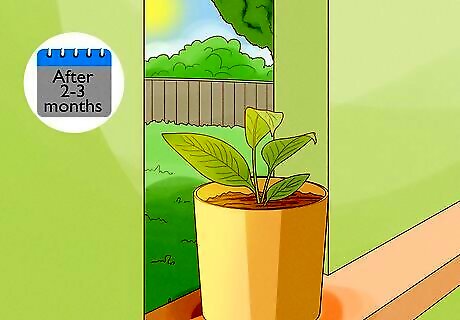
Return your indoor lily to its warm bright spot after 2-3 months. When it’s finished resting, return your indoor lily to its normal spot and resume watering it. You give your plant one watering with fertilizer at ½ the recommended strength to encourage new growth after the dormant phase.
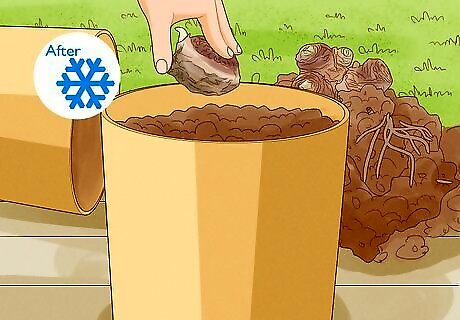
Replant your outdoor bulbs after the danger of frost has passed. If your cold and frosty period is longer than 2-3 months, you have the option to start your lily indoors in a pot, giving it regular light and water, after its dormant phase. Transfer it outside later, after you’re sure there will be no more frost in your area.
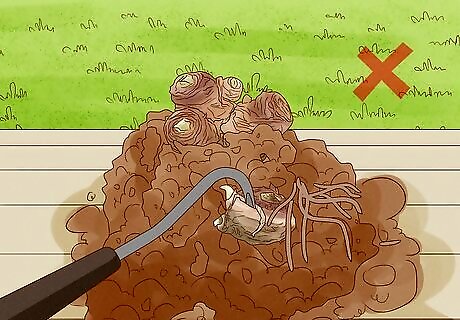
Take care not to hurt the bulbs when transplanting them. Bacterial soft rot can occur in bulbs that have been cut or otherwise wounded during planting and harvest. Be gentle with your bulbs at all times. When transferring bulbs, gently dig in the surrounding soil with your fingers to find the exact place of your bulb and use your hands to pick it up.
Troubleshooting Problems
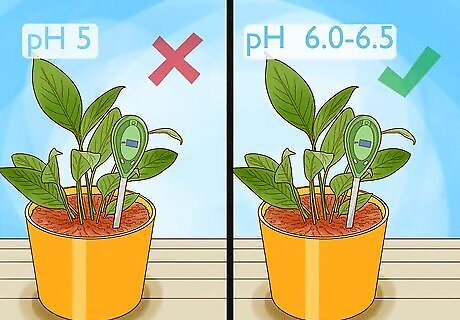
Test the pH of your soil if you run into flowering difficulties. Your lily should bloom about 60 days after you plant the bulbs. If your lily doesn’t flower for an entire growing season, you should check the pH of the soil. Your soil pH should be 6.0-6.5.
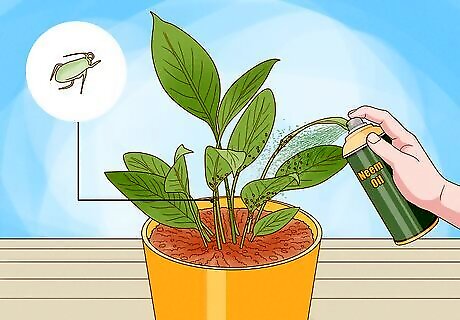
Spray plant leaves with green solution or neem oil for pests. Calla lilies can sometimes become infested with little bugs like aphids. Aphids are tiny soft-bodied pear-shaped bugs that can be black, yellow, green, or brown. If you see these or other bugs on your plant, spray a solution on the leaves. Green solution can be made 8 fluid ounces (240 mL) of water with 8 fluid ounces (240 mL) of rubbing alcohol and adding 2 tablespoons (30 mL) of biodegradable dish soap and 2 tablespoons (30 mL) of mineral oil. Neem oil solution can be made by mixing 2–3 tablespoons (30–44 mL) of neem oil extract with 1 gallon (3.8 L) of water. Spray all affected areas of your plant with either of these solutions for a safe pesticide.
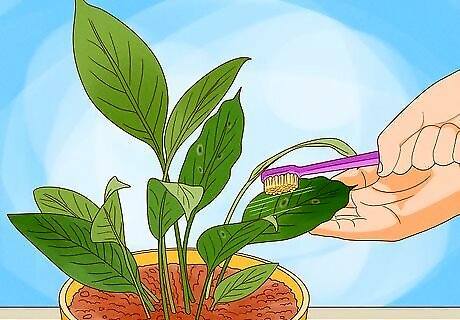
Wipe the leaves with a cloth, then spray them with green solution for scale. Scale looks like small bumpy brown spots that appear to move. It has a shell-like exterior and will need to be wiped away with a rough cloth or small toothbrush. After you wipe your leaves, spray them with either green solution or neem oil to clean off any mildew residue left behind by the scale.
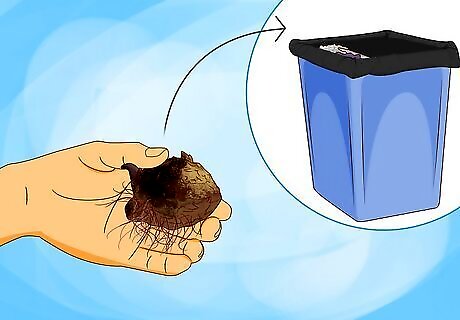
Discard infected bulbs if you suspect bacterial soft rot. Bacterial soft rot is a common disease on calla lilies that causes your plant to appear stunted and the leaves turn yellow. The upper part of the bulb becomes soft, brown, and watery, causing stalks to fall over. You’ll need to discard rotted bulbs to prevent bacterial soft rot from spreading to other bulbs.
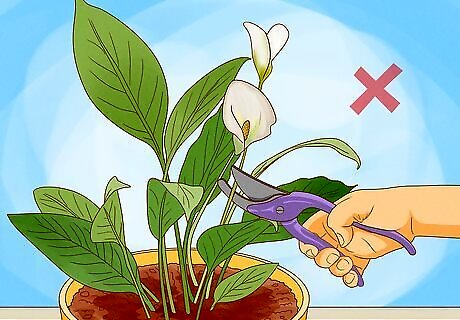
Avoid harvesting flowers when your plants are wet to avoid disease. Wounding your plant in a harvest makes it more susceptible to bacterial soft rot. Choose a dry, sunny day to trim flowers to allow your plant's wounds to heal before the next rain.
















Comments
0 comment